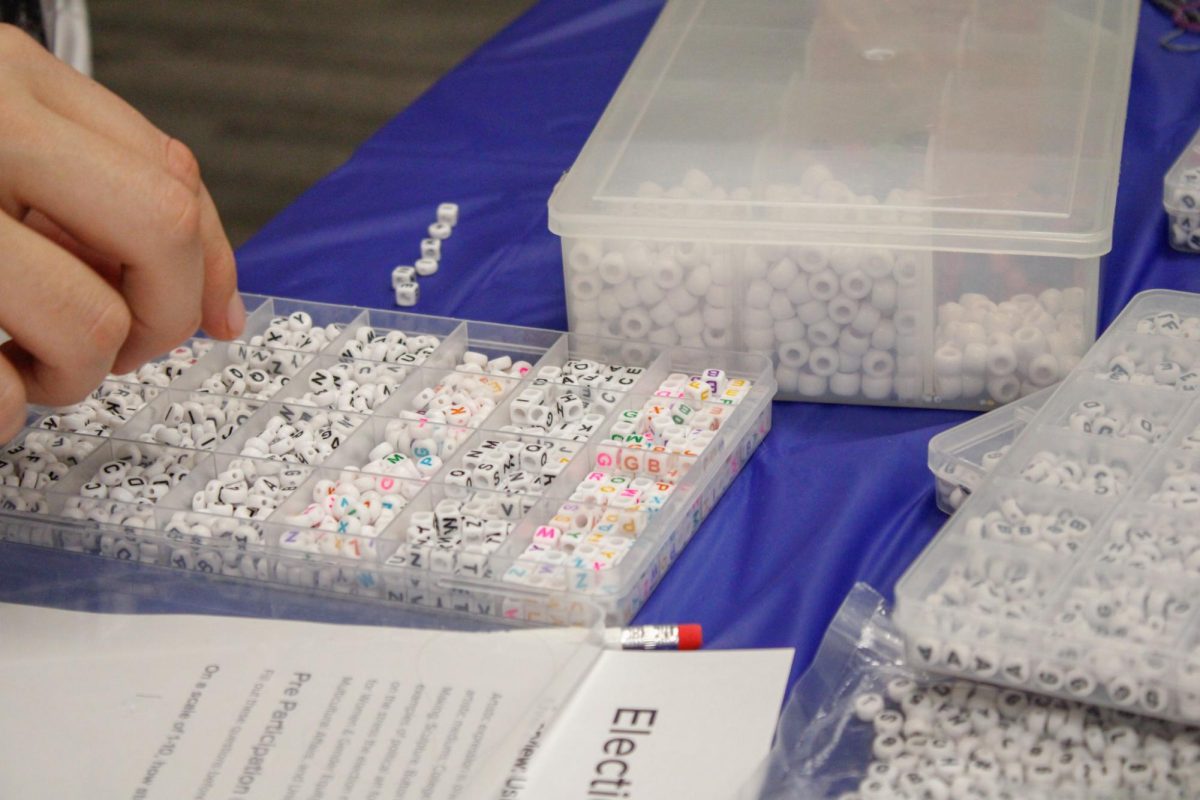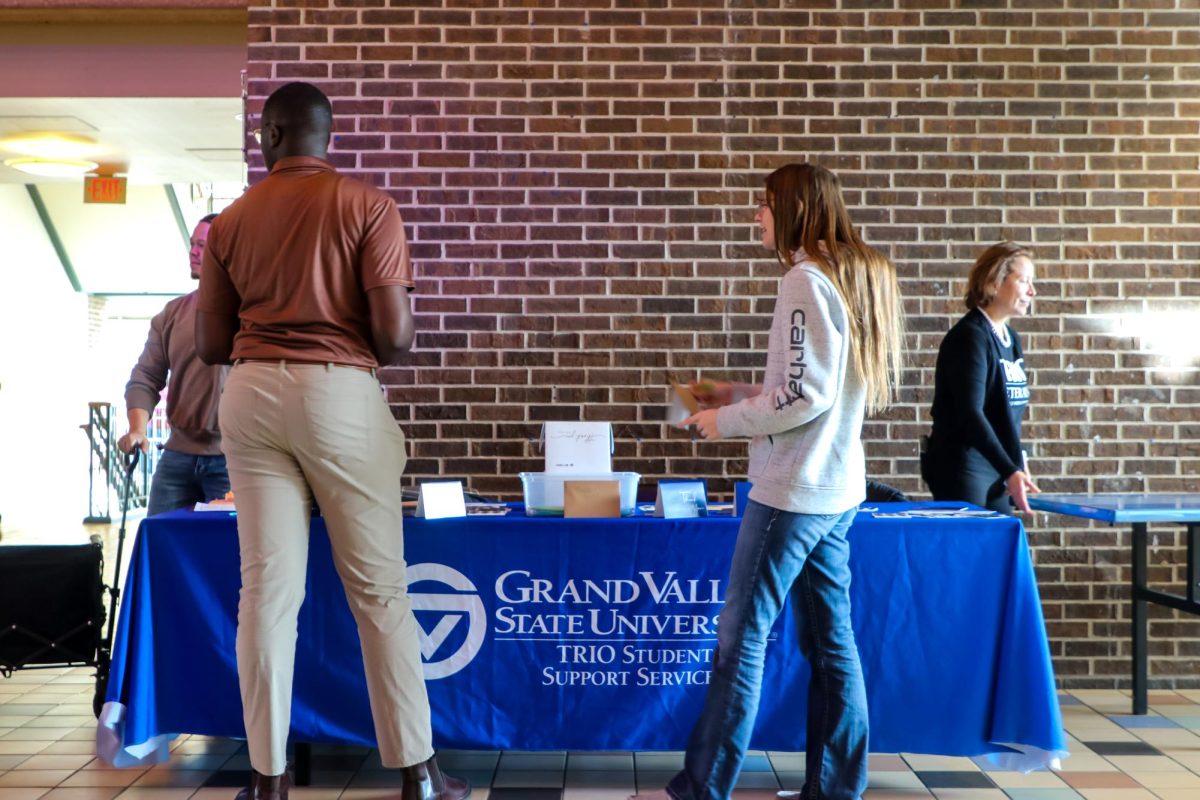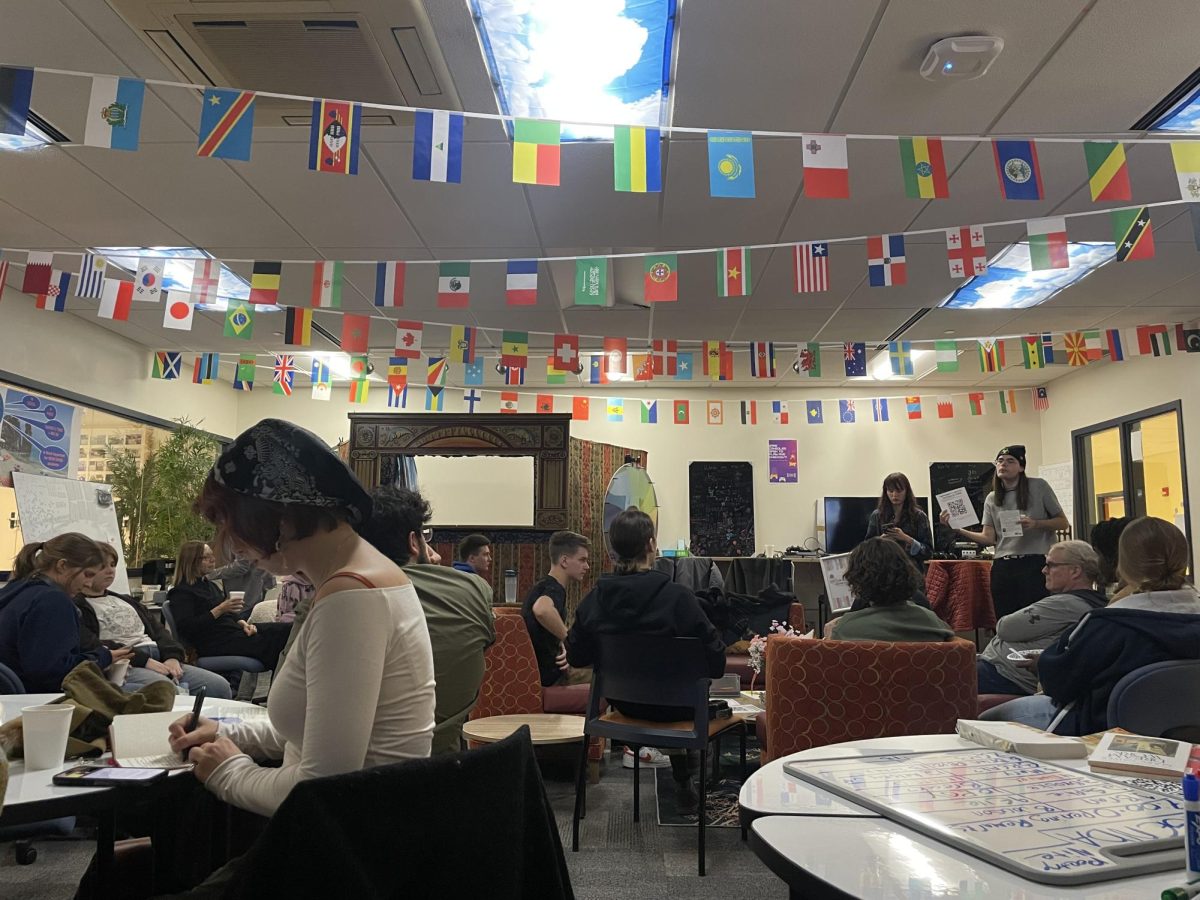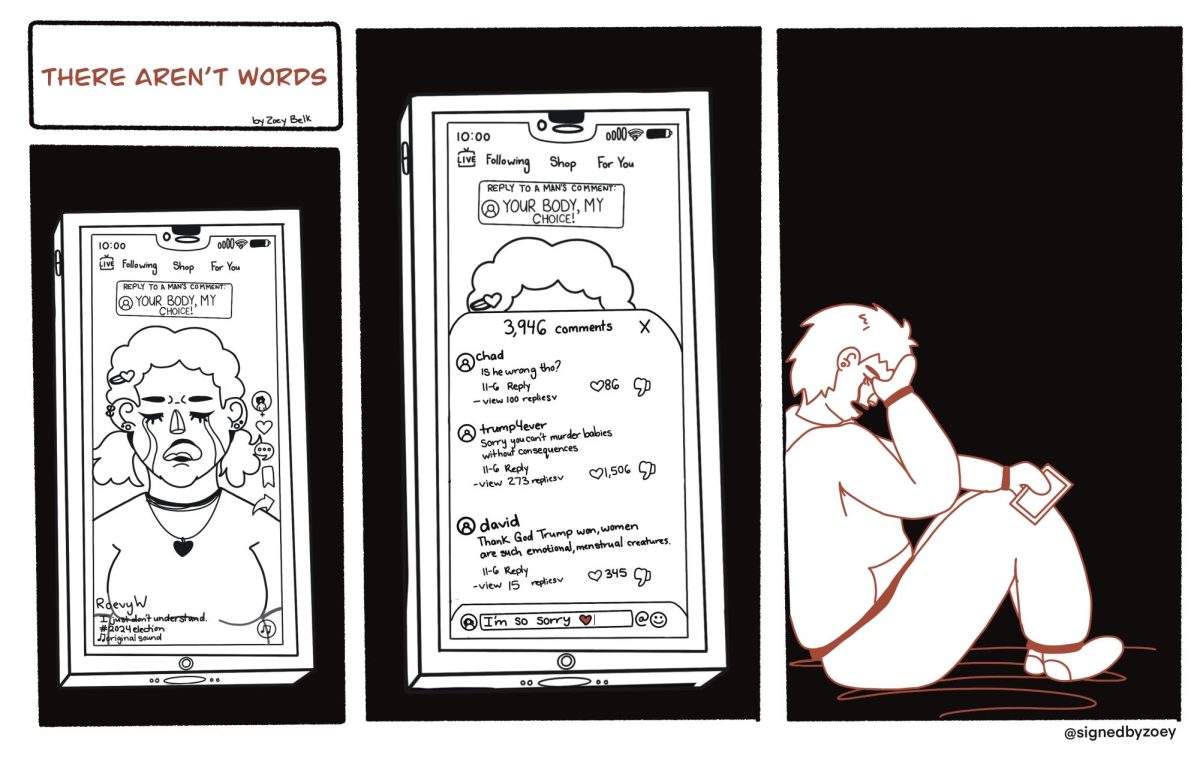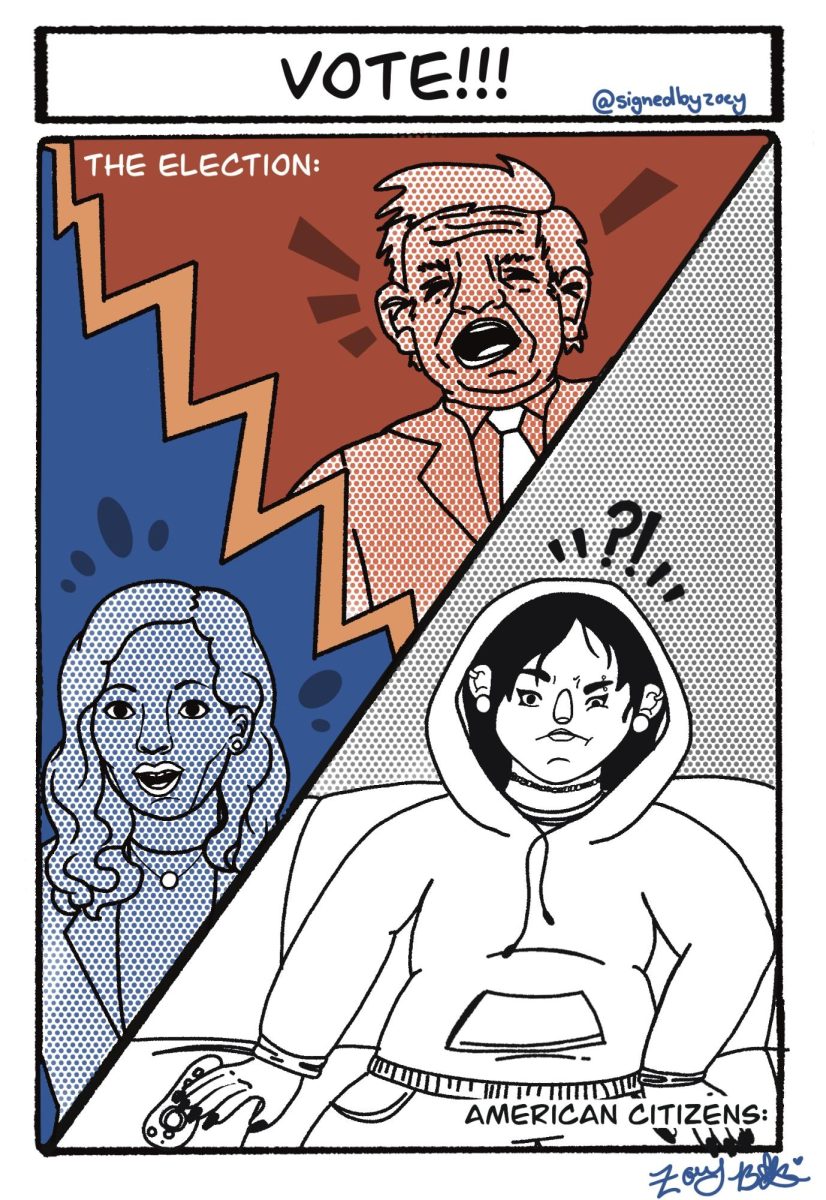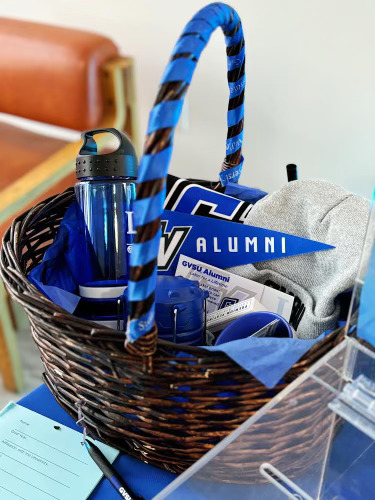Preparation the focus for GV swim and dive

GVL Archive / Eric Coulter Members of Grand Valley State University’s mens swim team prepare to begin a race during the intramural meet earlier this year.
Jan 13, 2011
After defeating Wayne State University at home on Saturday, the Grand Valley State University men’s swimming and diving team is hard at work putting in final preparations before February’s GLIAC Championship.
The team’s commitment to continuing its success into the conference and national championships later this season is shown by its dedication to the sport both in and out of the pool.
GVSU head coach Andy Boyce said the team typically practices about 20 hours each week, including two to three practices that begin at 5:45 a.m. During the morning practices, swimmers can expect to put in anywhere from 3,000 to 6,000 yards in the pool. Morning practices are followed by an afternoon practice when some swimmers can log anywhere from 5,000 to 8,000 yards.
Boyce said many athletes continue a rigorous swimming routine year-round to maintain their ability.
“It’s definitely a commitment. People coming in ready to go have trained hard over the summer, and that makes a big difference as well,” Boyce said. “We’re always looking down the road to the end of the season, and there’s not a lot of downtime if you want to be one of the best in the conference or in the nation.”
Emphasis on technique plays a critical role in the success of the team – an aspect Boyce reinforces by videotaping practice sessions and working with athletes one-on-one.
Junior freestyle swimmer Joe Sayre said technique separates good swimmers from great swimmers.
“You start off a race, and it’s easy when you’re fresh and ready to go to have a good stroke and good technique. But at the end of the race when you’re tired and you’re hurting and you’re trying to go as fast as you can, that’s when things fall apart,” he said. “If you’re not in good shape, your technique will fall apart and you’ll get sloppy and slow.”
Senior diver Patrick VanDommelen said the coaches can help their athletes find specific areas, both mental and physical, for improvement.
“Diving is so technical that when spectators, fans or even swimmers watch, they might not notice a small thing that a coach might notice that could make a world of difference,” VanDommelen said. “Not only do (coaches) have to be knowledgeable in the techniques, but they also have to be knowledgeable in the different strategies to calm us down and ways to think about things so that we don’t freak out when we get up there and the meet’s on the line.”
As the season’s end draws closer, the swimmers will begin tapering, a process by which they begin to swim fewer yardages to allow their bodies to rest and recover.
Sayre said the team looks strong heading into the final portion of the season, and he has high hopes to do even better than last year.
“Really over the entire season our primary focus is toward the end of the year,” Sayre said.















